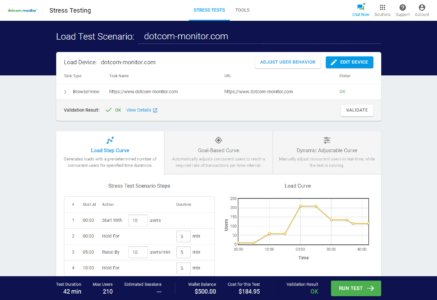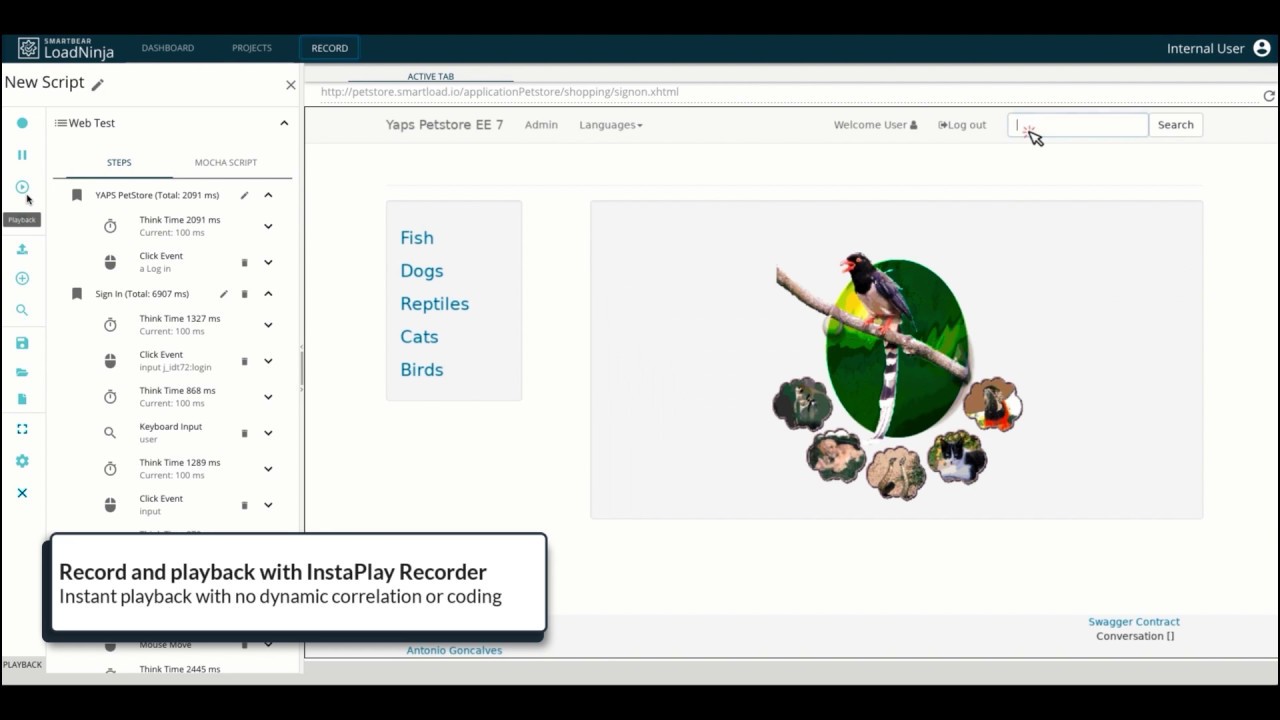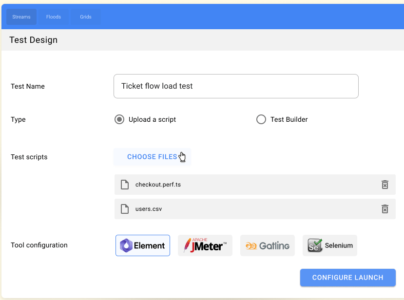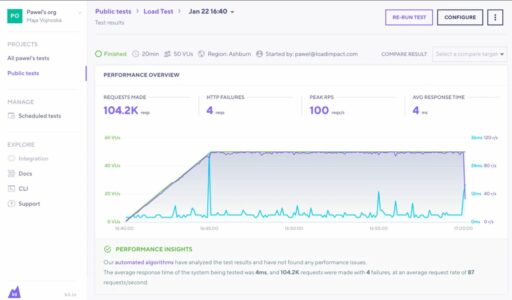Do you know how much simultaneous traffic your website can handle? To perform a load test on the site, check out these Cloud-based Load Testing Tools. Knowing the capacity of your website is crucial for any online business. We spend a lot of time creating, protecting, and optimizing websites but frequently need to pay more attention to the number of concurrent users that may be supported without negatively impacting the website’s performance. Cloud-based Load Web Testing Tools, can help determine how many hits your site can withstand before failing or performing worse.
Top Cloud-based Load Testing Tools
We’ve compiled a list of Cloud-based Load Testing Tools to help you find the right one.
1. Gatling
A continuous testing tool that works with the development process is called Gatling. It performs severe stress testing by simulating extremely high traffic to ensure your app or website can sustain it in a real-world situation. In addition, it gives a web recorder appealing reports that identify areas that might want development.
2. LoadView
By giving out $20 in credits that can be used for on-demand testing, LoadView enables you to begin stress testing your website for free. This amount enables a few tests using the basic settings. If you enjoy the service, you may continue using it as needed by paying for each test or by subscribing monthly or yearly. The subscription options are priced between $199 and $1499 per month.
Ten geographic zones, 180-day data retention, dedicated load injectors, compatibility for Amazon and Google Cloud, and load testing behind the firewall are all features included in all plans. LoadView differs from other stress-testing platforms with special features, including actual browsers, enterprise-level testing, and world-class, round-the-clock technical assistance. Complex scripts may be created in minutes using the EveryStep web recorder, and they can be run on more than 40 desktop and mobile browsers. You may run a stress test using Load View on the site, complicated web apps, API, or web services.
3. LoadNinja
With the help of the SaaS load testing tool LoadNinja, you can save hours off the time it takes to test your website and API. People with very little or no coding skills can use it. To make the test more realistic, it simulates traffic from many nations and thousands of browsers. The results are more accurate because of the AI-based testing, which tests the end-user experience rather than the protocol. With the aid of its machine learning assistant, you can immediately identify performance problems.
4. Flood IO
You may submit your JMeter or Selenium test plan to Flood IO, a cloud-based performance testing service, or use their GUI to create your test. The benefit of Flood is that its free plan has minimal restrictions and allows you to generate load tests with an infinite number of concurrent users. Given the possibility of having an infinite number of concurrent users, Flood may be used for various purposes other than merely evaluating the performance of websites, such as DNS load, API, etc. For example, with concurrent users, response time, network throughput, latency, and transaction data, you receive a real-time chronology of stress tests.
5. K6
Create your tests using a test-builder GUI or a browser extension, then run them on the K6 cloud platform. You may run tests using the CLI, CI pipelines, or web GUI, and you can scale for up to 100,000 concurrent users. A test may be started from 17 geolocations. You may select test results for a detailed display that is easy to comprehend. K6 provides 50 free cloud tests.
6. Blazemeter
You must try Blazemeter if you enjoy Jmeter. You may test from Ireland, Virginia, California, Singapore, Oregon, Sydney, Tokyo, and Sao Pulo by simply setting the upload scenario properties, which is extremely easy. The free account allows you to perform a load test for up to 50 users, and after the test, you’ll receive a test summary, load report, monitoring, logs, problems, etc.
7. Loader
In the free account of Loader, you are permitted to run a load test for one minute with 1000 user requests. Therefore, running against 1000 users for free is okay. Loader.io provides a configurable option for configuring the number of requests, error threshold for a timeout, request type (GET/POST), protocol (HTTP/HTTPS), headers, body parameters, and response variables.
8. OctoPerf
OctoPerf is a SaaS-based performance testing tool for the web, API, REST, and mobile apps that JMeter powers. You may create, monitor, execute, and assess the website’s performance through a web browser. In addition, there’s a download option for the stunning report for each test.
9. LoadFocus
Numerous testing solutions are available from LoadFocus. For example, you may perform 20 concurrent tests in a free account. In addition, the platform can conduct real-time testing with up to 600,000 users.
The Bottom Line:
To perform a load test on your web apps and improve capacity planning, I hope the cloud-based services mentioned above will be of assistance.








